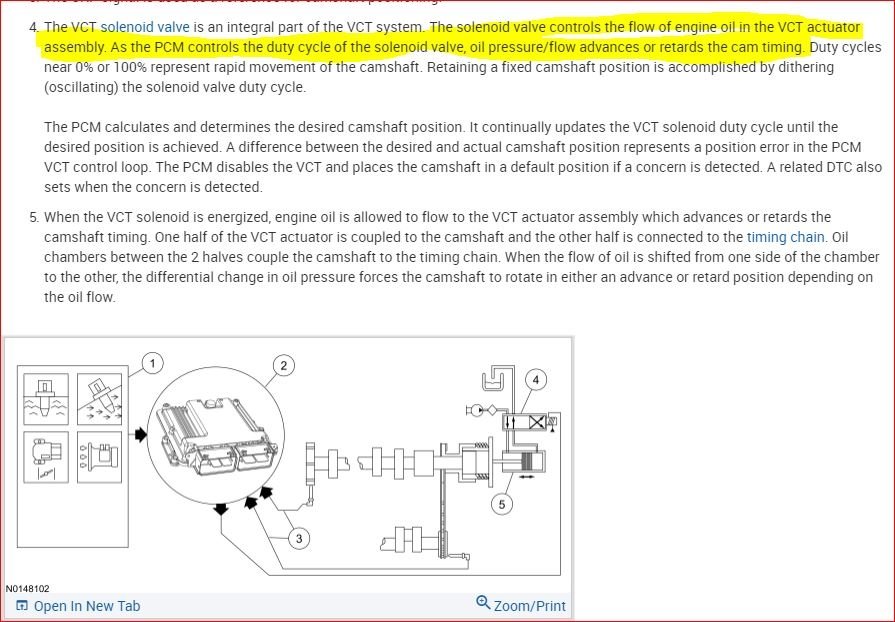Hi guys. One word of warning, ... There is a trick Ford has been pulling for years you should be aware of. They list the recommended oil change interval uncommonly high, as in 6,000 to 7,500 miles to make their cost of regular maintenance appear to be lower than that of their competitors. After you buy the vehicle, then read the fine print in the owner's manual, you'll see it is physically impossible to meet those "light use" or "normal driving" requirements. If you do a lot of slow-speed city stop-and-go driving, extended high-speed highway driving, drive on dusty roads, numerous short trips where the engine doesn't fully warm up, or drive for any amount of time in cold weather, you fall under the "severe use" category, and this is what the service writers at the dealership will try to get you to admit, then the oil change interval is 3,000 miles, just like with most other car brands. If you have records showing oil changes were done at 7,500 miles, they can use that to deny warranty coverage on the engine.
The oil itself is pretty long-lasting, but it's the additives that wear out and is the main reason we need to do oil changes. Those additives wear out in around 3,000 miles, then you're not protected for detergents, dispersants, anti-foaming agents, seal conditioners, and corrosion inhibitors. If you want to extend the miles between oil changes, consider adding one quart of oil after 3,000 miles. One quart has enough additives to meet the needs of most engines. You get five times as much additives with a five-quart oil change, but that doesn't mean they last longer. Think of throwing an ice cube on a hot sidewalk, and it melts in five minutes. If you throw two ice cubes on the same sidewalk, they both melt in five minutes. It doesn't take ten minutes with twice as much ice. Likewise, it doesn't take five times as long for the oil's additives to wear out.
What you much watch though, when adding oil to extend the oil-change interval is to use the same brand that was used at the last oil change. A lot of problems start when people switch to a different brand, or when they mix different brands because that is what they had on hand. The additives in some brands of oil are not compatible with those in other brands. For example, one could have a detergent that attacks the seal conditioner in another brand. When you stick with the same brand of oil, that worry is eliminated.
For a long time now most engines use a little oil between oil changes. To stop the complaints about that, most oil dip sticks are no longer marked, "Add" and "Full". They're marked, "Min" and "Max". As long as the level is between those two marks, there is no need to add any oil, but that leaves you with plenty of room to add a quart without going over-full.
Tuesday, June 11th, 2019 AT 3:15 PM





